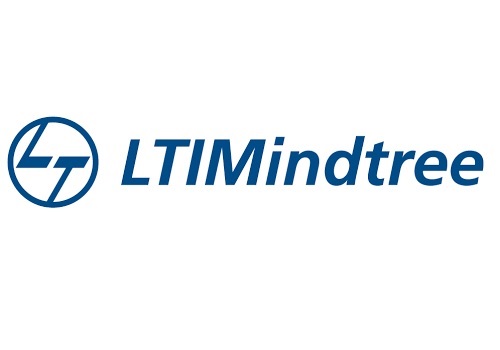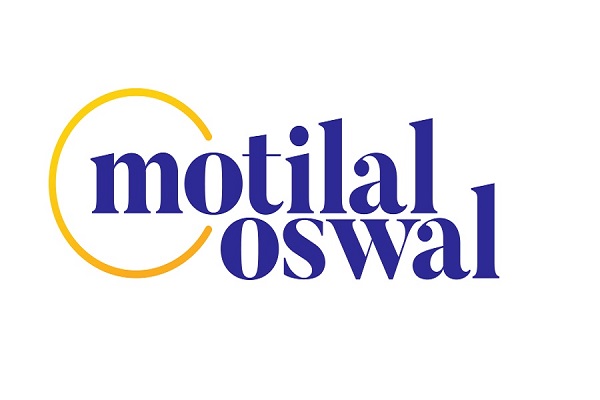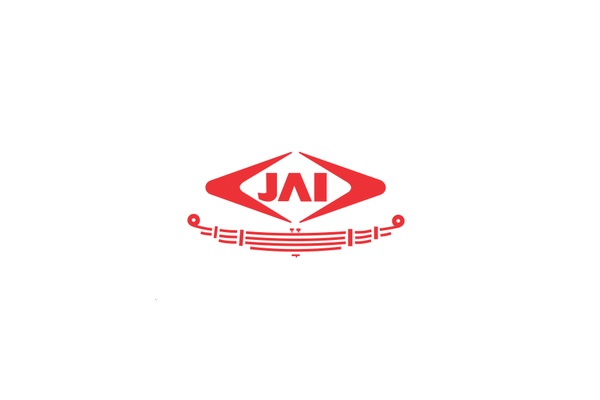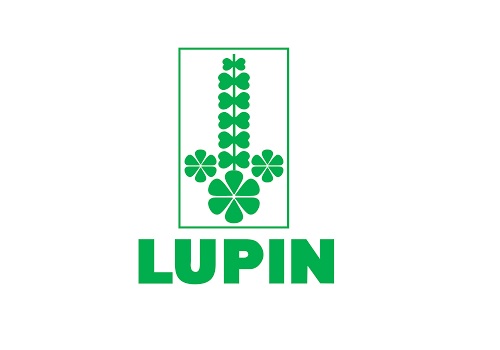Buy LTIMindtree Ltd For Target Rs.7,400 By Motilal Oswal Financial Services Ltd

Investor Day 2024: Pivoting to AI for long term
while demand dynamics looking favorable in short term too We attended LTIM’s Investor Day 2024, where the management spelt out its aspiration of achieving a revenue of USD10b and EBIT margin of 17-18% (the when and how of it were slightly vague, however). The management outlined its strategic vision and highlighted its capabilities in AI/GenAI. We believe LTIM's strengths in data engineering and ERP modernization position it well to capture pre-GenAI investment opportunities. While margin expansion remains a key risk to our thesis due to unrealized merger synergies, we expect gradual improvement as demand strengthens. With BFSI clients increasing spending on transformation projects, LTIM stands to benefit despite its margin challenges. We value LTIM at 35x Sep’26E EPS, and our target price of INR7,400 (unchanged) suggests a 19% upside potential.
Key vectors for the next technology cycle
* The journey toward USD10b revenue is underpinned by a “strong foundation” (key scaled verticals such as BFSI and Technology), strategic pivots (AI), and a strong portfolio (cloud, digital engineering, ERP).
* Foundation: LTIM plans to grow its already scaled verticals like BFSI and Technology, and accelerate growth in verticals such as manufacturing, healthcare, life sciences, and consumers.
* Strategic Pivot: The company plans to infuse AI in all its offerings, as well as participate in the capex cycle spurred by clients’ investments in AI.
* Strong Portfolio: Similar to its “foundation” strategy, it aims to grow and dominate already scaled service lines such as digital engineering, data, and ERP, and open up new avenues of growth such as infra, security and digital platform operations.
AI-driven service delivery: A new way
* LTIM's strategy for scaling AI delivery was the most interesting. Key summary of its AI-driven service delivery model (exhibit 2): 1. Knowledge Fabric: Builds a strong foundation using business and IT data, enterprise knowledge graphs, and small language models, integrating sources like SAP, Oracle, and AWS. 2. AI Agents: Automates repetitive tasks and enables intelligent workflows for efficient operations. 3. Domain-Specific Co-Pilots: Offers AI-driven assistance tailored to modernization, engineering, and operations to improve delivery and outcomes.
* We believe that while the AI hype may be real, it will force the IT services industry to fundamentally alter the way it delivers services to its clients. That LTIM is thinking about this ahead of time gives it an advantage.
Building a balanced large-deal pipeline
* In the past 18 months, LTIM has proactively shaped and closed 45+ large deals, contributing to a total contract value (TCV) of USD2.0b. These wins span across industries, with 30% exposure in BFSI, 33% in manufacturing, and 31% in communication sectors, showcasing a balanced portfolio of engagements.
* We believe LTIM's capabilities lie in transformation as well as modernization deals. However, LTIM has tried to diversify into cost-takeout deals, which currently make up 48% of its total deal pipeline. But with discretionary/ transformation spends coming back (albeit slowly), LTIM's services (data, digital engineering, ERP, cloud) and verticals (banking and technology) are both favourably placed to benefit from this recovery.
* The pipeline for large deals remains robust, with a total TCV of USD5.0b, including 14 deals exceeding USD100m (totaling USD1.9b) and 21 deals in the USD50m–100m range (worth USD1.3b).
* Vendor consolidation is a notable trend in the industry, which is reflected in 17% of the large-deal pipeline.
* Additionally, 48% of the pipeline is focused on cost optimization deals, while 2% targets GCC (global capability center) deals, indicating a strategic emphasis on efficiency and streamlined operations. Empanelment deals, which account for 10% of the large-deal pipeline, also highlight the company's ability to position itself as a preferred vendor across multiple engagements.
Margins remain a key monitorable and the biggest risk to our thesis
* Margins remain a concern and the biggest risk to our thesis. It is apparent that post-merger synergies have not been realized to the extent previously anticipated, and a challenging demand environment has made it tougher to improve margins.
* LTIM’s rerating depends on significant margin recovery, driven primarily by volume recovery, as we do not see many levers apart from revenue growth. Any further hiccups in execution could result in downside risks to our estimates.
* We believe that the utilization levels are too high (~87%) and in the event of an outsized growth recovery, LTIM would need to hire so as to effectively execute. Headcount addition has been meek in the past four quarters and ramping up hiring could lead to margin pressures.
* We believe there could be meaningful benefit from SG&A levers as investments done in FY25 could set up a favorable base for FY26.
Top-level attrition is likely to have bottomed out
* As shown in Exhibit 6, the merger has resulted in numerous top-level exits, leading to a high attrition rate among the senior management.
* We believe integration challenges at LTIM could have been better managed.
* However, we believe that the worst is behind and the top-level management churn is likely to remain benign going forward.
Valuations and view
* We reiterate our BUY rating on LTIM due to its superior offerings in data engineering and ERP modernization, positioning it well to capture pre-GenAI expenditures. We anticipate LTIM to outperform its large-cap peers and expect low double-digit CC growth for FY26. However, margins remain a concern and the biggest risk to our thesis.
* We value LTIM at 35x Sep’26E EPS. Our TP of INR7,400 implies 19% upside potential.
For More Motilal Oswal Securities Ltd Disclaimer http://www.motilaloswal.com/MOSLdisclaimer/disclaimer.html
SEBI Registration number is INH000000412

























